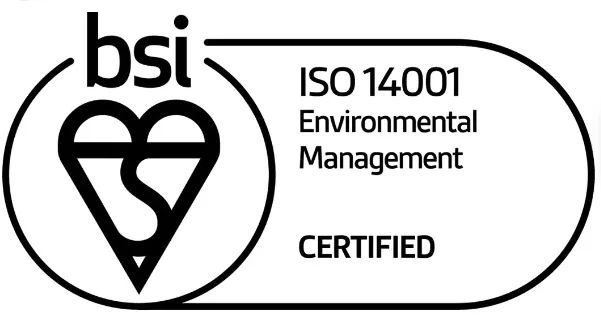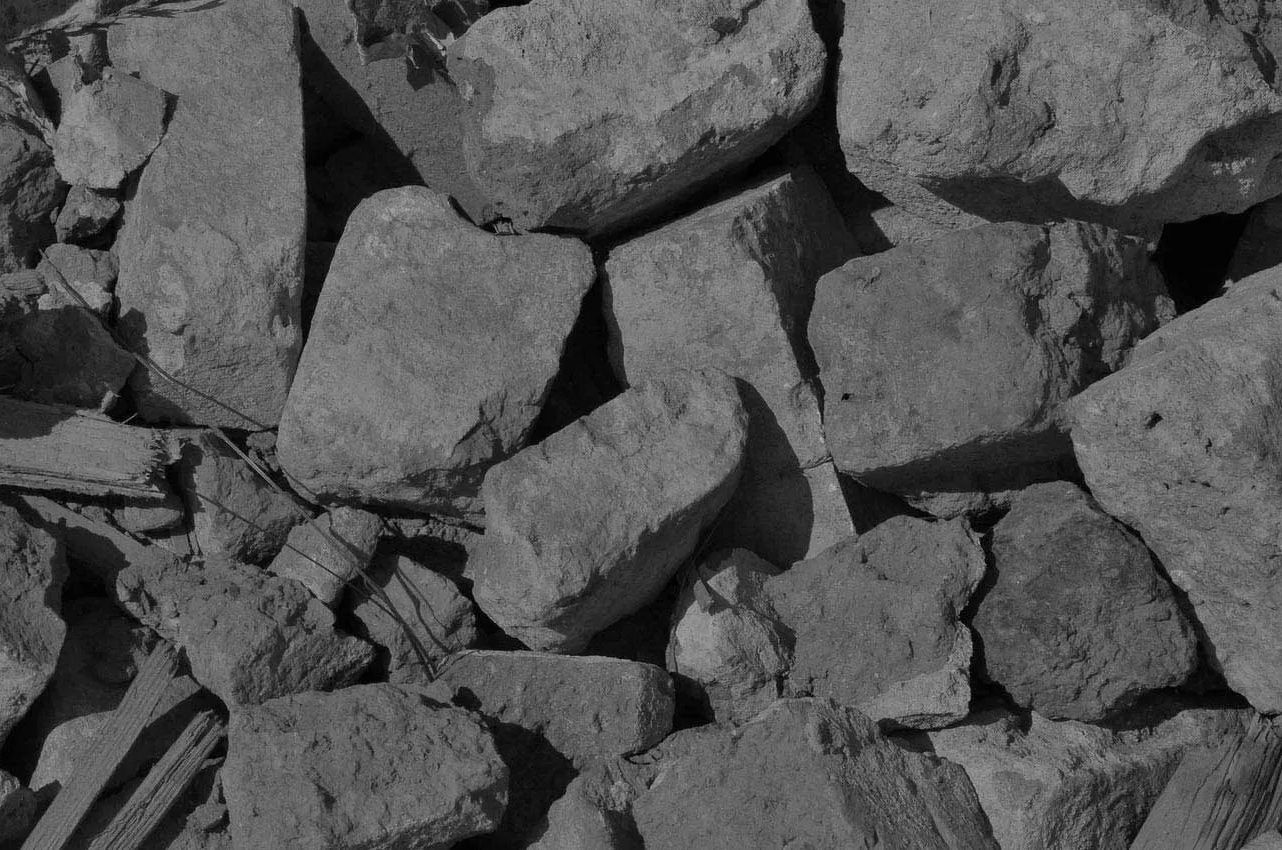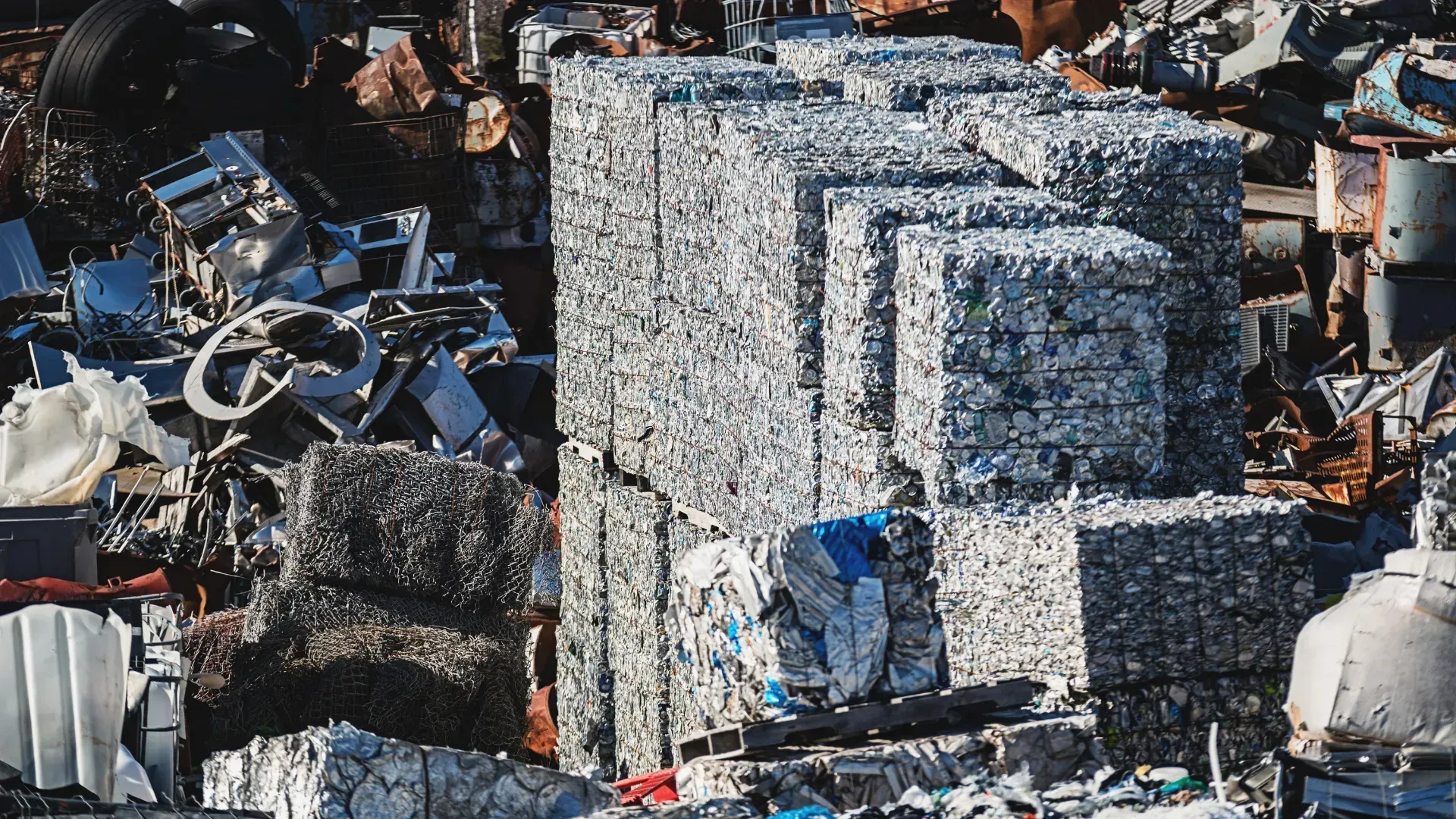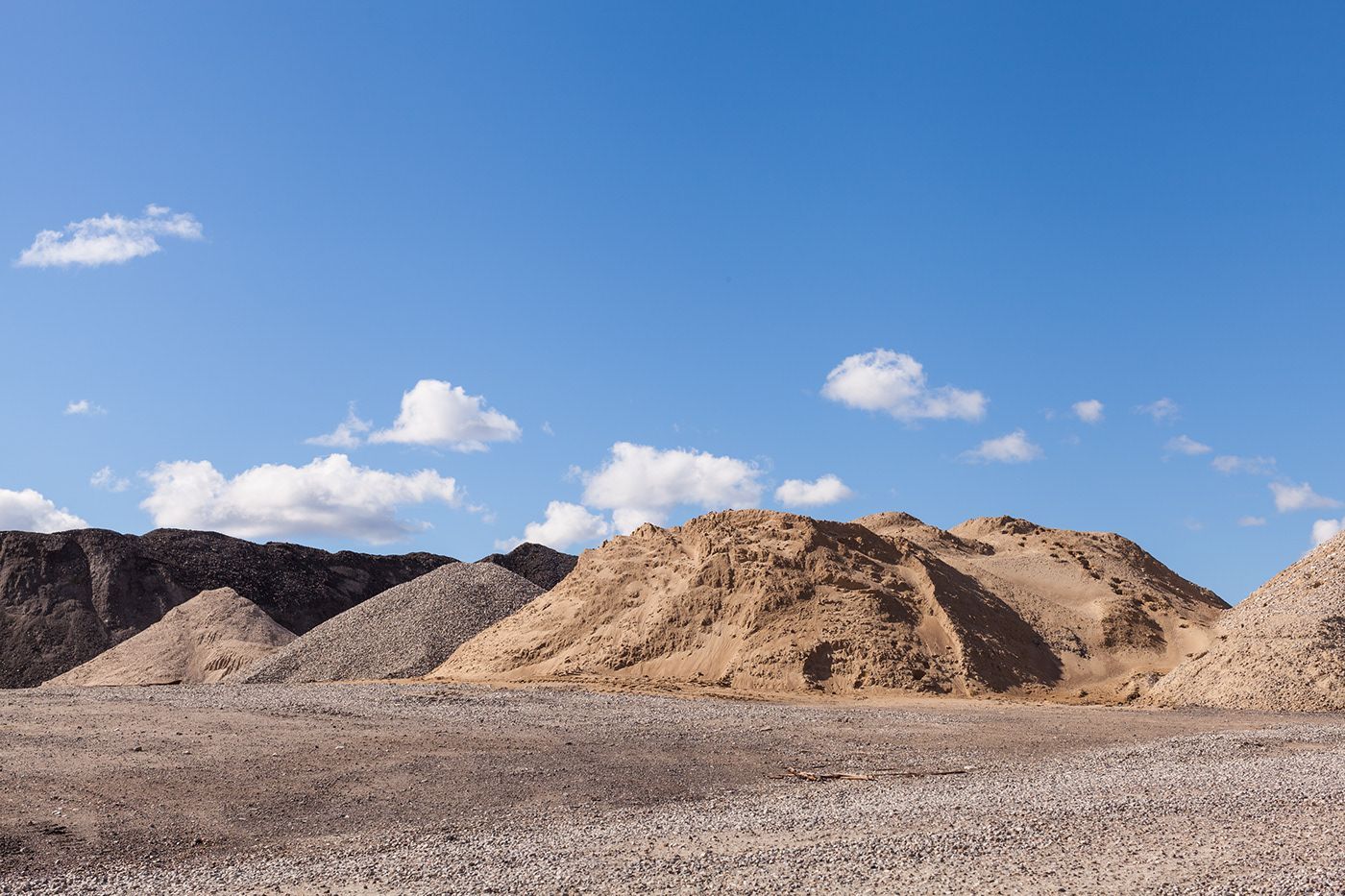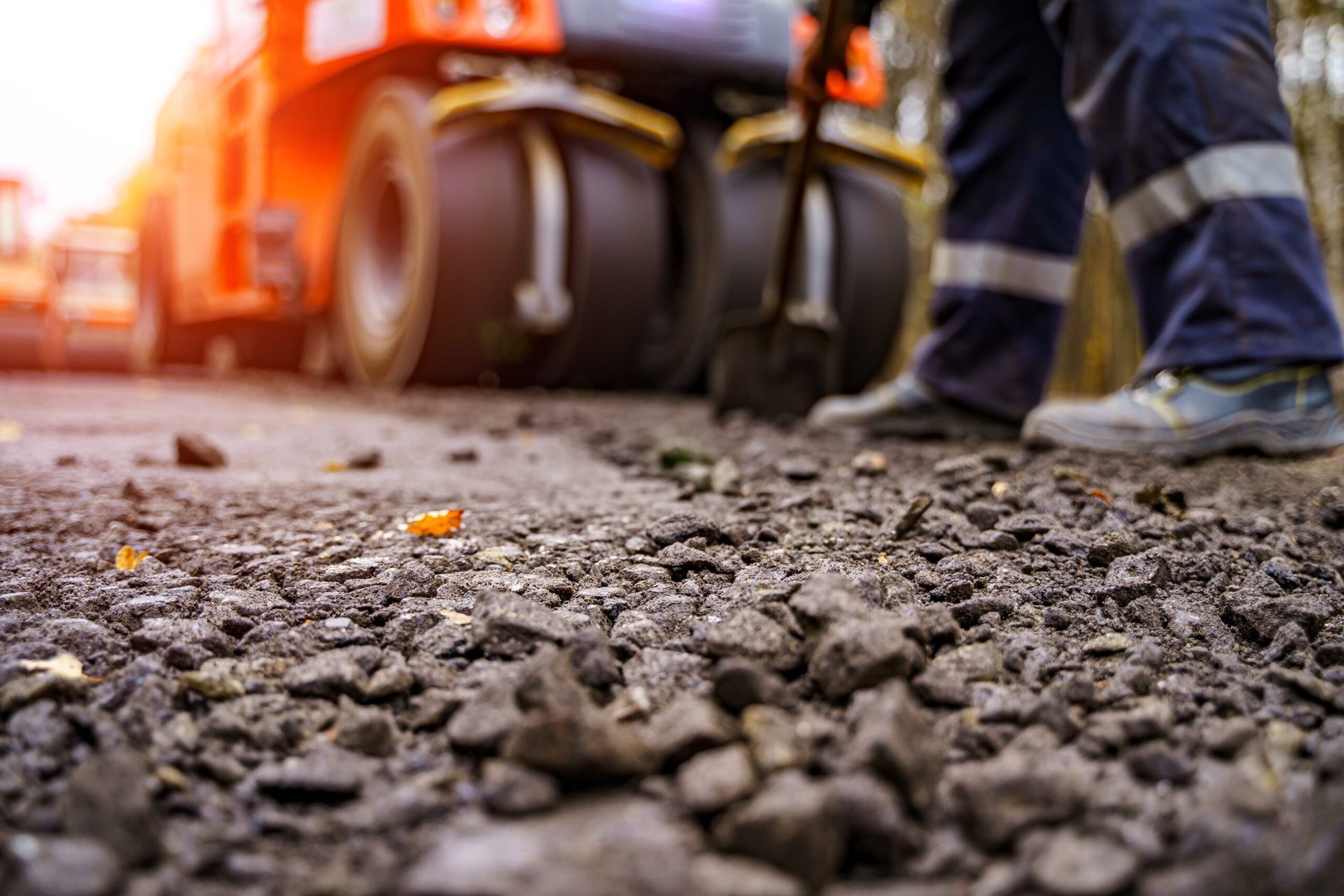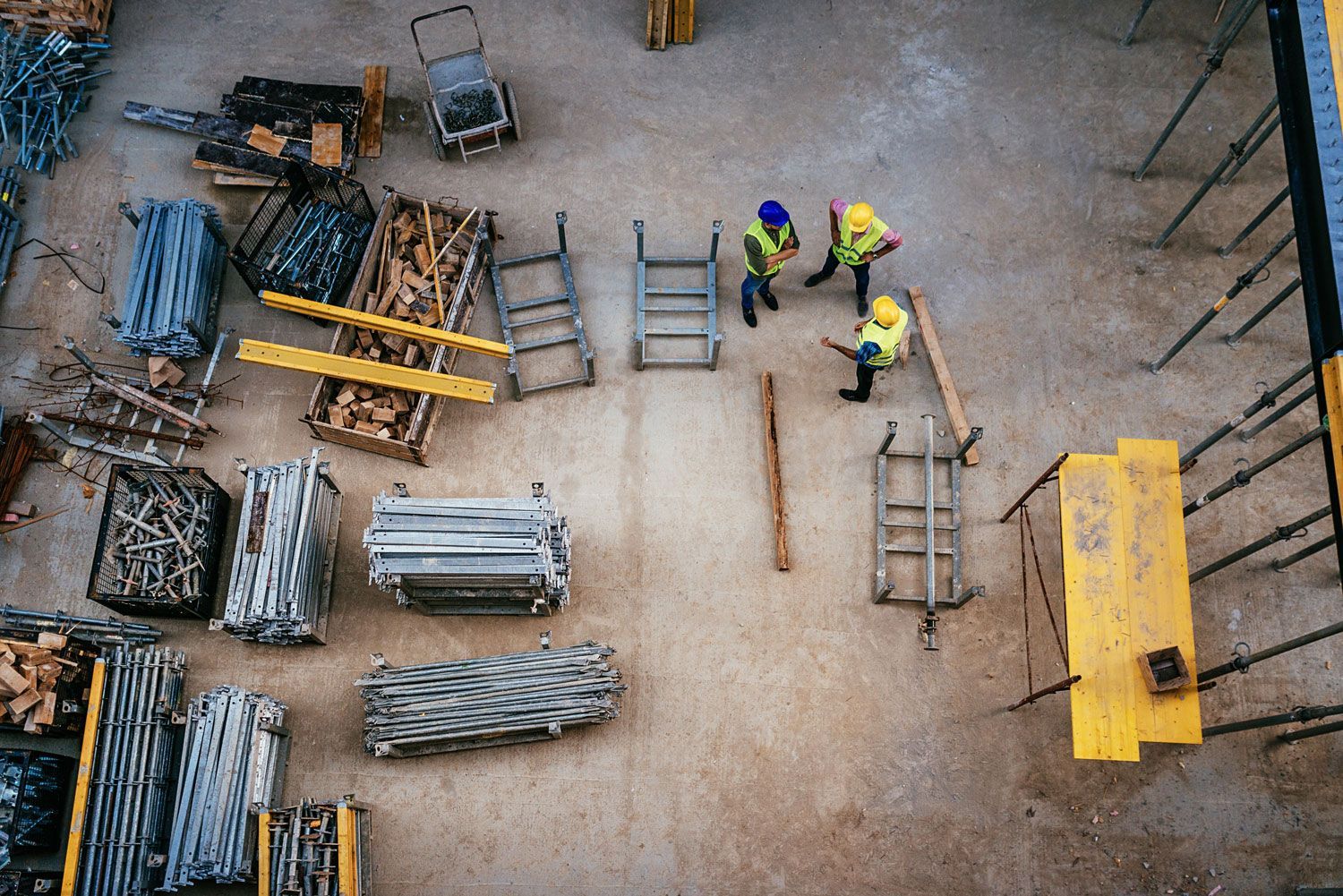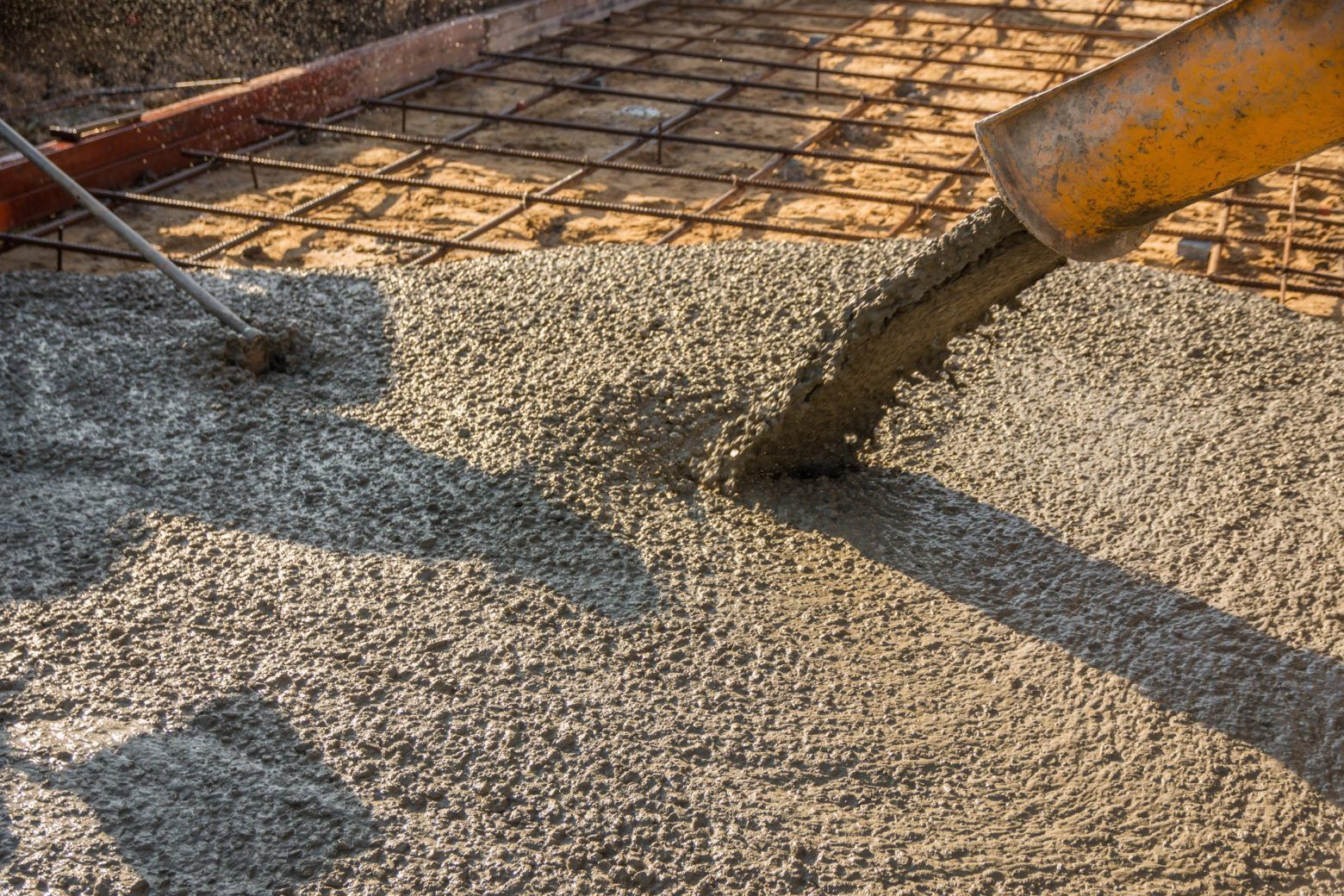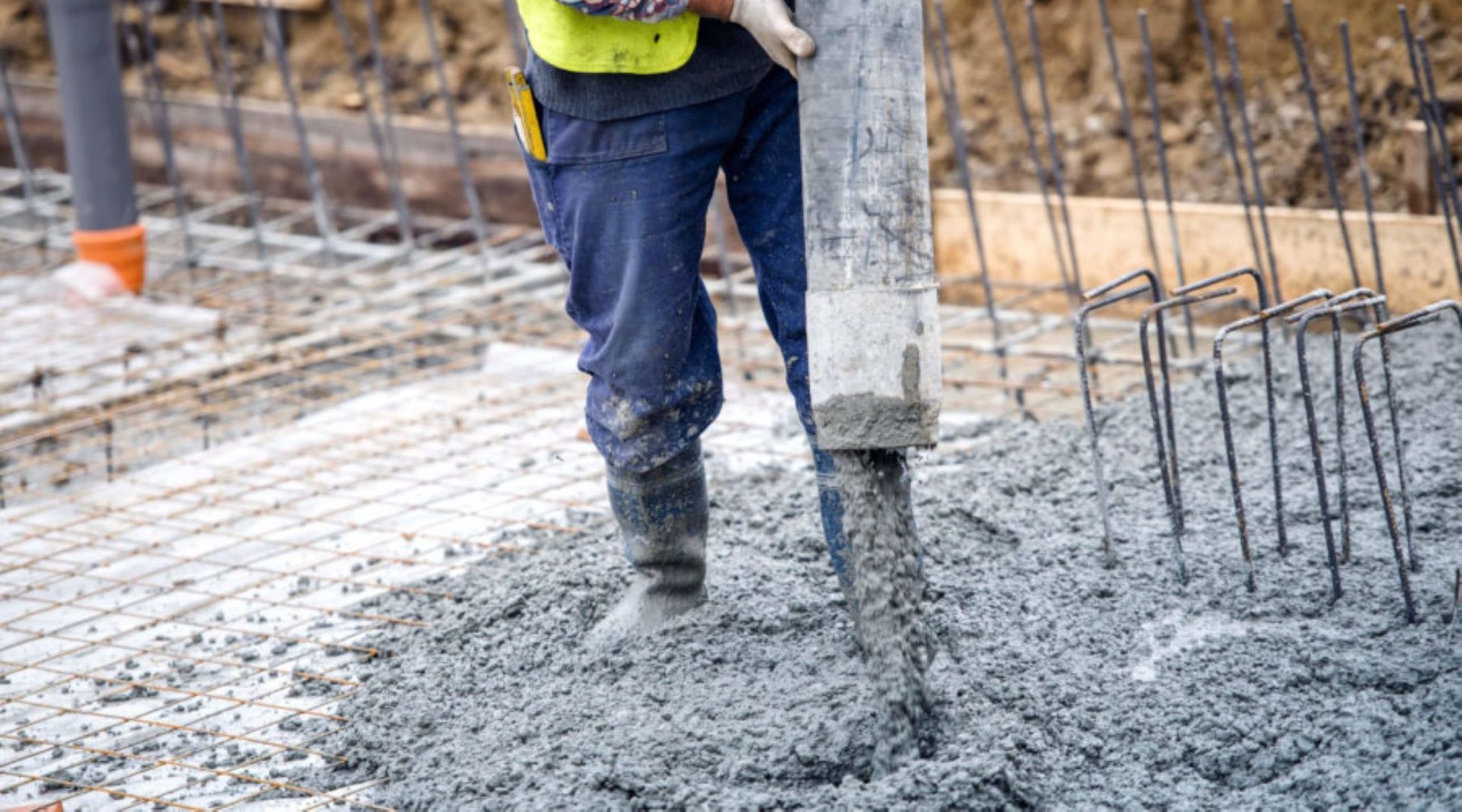From Ground to Greatness: The Complete Aggregate Life Cycle
Our planet provides countless natural resources that help us to improve the human condition. Whether we’re using the wood of oak trees to build a new home, or wheat from the fields to bake bread, everything that we harvest from the environment around us can be transformed into something useful and valuable, helping to keep the world turning.
Natural stone aggregates are just one part of the huge bounty that the earth offers up to us. Aggregates describe a broad category of natural stone that can be quarried, sorted and sold on for many different purposes, supporting the construction industry and facilitating all kinds of essential projects.
Read on to find out more about where these wonderful rocks come from, with our guide to the complete aggregate life cycle.
Understanding Aggregates
Aggregates are a group of raw stone materials that can be extracted from the earth for various applications.They may be added to other materials to create new substances such as concrete, or they can be used on their own for specialist building projects.
Some of the key aggregate types include:
Sand - a primitive aggregate made up of broken down rock, minerals and sediment, often found on the sea or river bed.
Gravel - loose and bulky fragments usually made from basalt, limestone, or sandstone rock types.
Crushed stone - pieces of rock broken down to a specific size, typically made from limestone, granite or recycled materials.
Topsoil - the nutrient rich layer at the top of the earth that can be utilised to enrich soil deposits and new gardens.
The Aggregate Life Cycle
Aggregates go on a long journey that takes them from beneath the surface to an endless array of building and landscaping projects. Plus, with the help of recycling, aggregates can feed into a circular economy, helping to reduce the demand for newly quarried materials.
From ground to greatness, here’s the complete aggregate life cycle:
Beneath the Surface
Aggregates begin as natural rock deposits concealed beneath the surface of the earth. These deposits are formed over vast geological timescales through various natural processes. The type of rock that forms and its properties are determined by the specific geological activity that created it, such as volcanic eruptions, sedimentary layering, or metamorphic transformations.
Understanding the geological history of these deposits is crucial for identifying suitable aggregate sources and predicting their characteristics. They can be extracted from the marine environment, as well as from rivers, lakes and floodplains. Some aggregates are also extracted from land, in designated areas that are rich in a specific rock type.
Quarrying
Quarries are open pits where aggregates are excavated and extracted from the ground. Rock types such as limestone or granite are identified in the area, after which an extraction plan will be drawn up and approved.
To start, the top layer of vegetation or soil must be removed to expose the rock face, after which the full force of the quarrying process can begin. Usually, rock is extracted using a combination of drilling and blasting techniques. Holes can be bored into the rock, then explosives are inserted at deliberate intervals. Controlled explosions will then blast off large chunks of rock.
Once enough rock has been blasted, the various pieces will be collected using an excavator and loaded into trucks for sorting.
Sorting & Classification
The large rock pieces will undergo a crushing process to break them down into manageable sizes. Materials can then be sorted by type and quality, where some quantities will undergo further crushing and processing to meet specific industry requirements.
These piles of rock are then sorted carefully, producing mounds of distinct aggregates that can then be bagged up and labelled by type. Quarries are responsible for ensuring that aggregates meet strict quality standards, where only the best materials can be sold at the highest rates.
Purchase
Some specialist industries such as construction and manufacturing will buy aggregates in bulk directly from the quarry. This can allow buyers to assess the quality of their materials first hand, helping them to find the perfect resources for their project.
Whilst local companies may collect their materials from the sorting plant, others will rely on a delivery service to receive their order. Customers may place their orders in person or online, meaning it is essential that all aggregates are sorted and labelled correctly.
Aggregates that aren’t purchased directly from the quarry will be sold on to retailers, or kept back at the quarry as future stock reserves.
Transportation
Once the aggregates have been sorted and either sold to a contractor or bought by a retailer, they will be transported via specialist vehicles to their final destination. Some aggregates will be transported loose in a large tipper truck, whilst smaller orders are likely to be bagged up for ease of unloading.
Aggregates in Use
After delivery, aggregates will be utilised for a wide range of purposes, either on their own or mixed with other materials.
Most commonly, primary aggregates are used for:
● Concrete - aggregates such as sand and gravel can be added to mixes of cement and water for a variety of essential concrete building projects.
● Roads & paving - crushed stone and gravel can come in handy for the creation of road surfaces, potentially as part of an asphalt mix.
● Coastal defences - sea walls and barriers are typically made from bulky raw materials like granite armour stone.
● Landscaping - decorative aggregates can be used to adorn outdoor areas, such as slate chips or pea gravel.
● Drainage - aggregates such as coarse gravel, crushed stone and sand can help to improve soil drainage and water retention.
Recycled Aggregates
Aggregates can also be recycled, as a way of continuing the life cycle of these essential materials. Typically, these recyclable materials are generated by construction and demolition activities, where high quality waste can be diverted from landfill. In turn, this lessens the environmental impact of new aggregate extraction.
Concrete is one of the most commonly recycled materials, where it is used to create crushed concrete and other versatile aggregates. Beyond this, materials such as sand, gravel, slag, and crushed stone can all be reclaimed from the construction and demolition waste stream.
The recycled aggregate production process begins with the collection of concrete rubble and other suitable materials from demolition sites or building projects. This collected waste then undergoes a sorting process to eliminate unwanted components like wood, metal, and other debris that are not suitable for aggregate use.
Heavy-duty crushing machines then break down the remaining material into smaller, more manageable pieces. Following the crushing stage, aggregates are meticulously screened and graded. This crucial step ensures that the recycled materials meet specific size requirements and quality standards necessary for their intended application.
The resulting materials can be utilised across a variety of construction projects, creating a useful resource from what was previously considered waste. As such, the use of recycled aggregates contributes to a circular economy and reduces the demand for newly mined materials.
WM Thompson & Sons: Supplying Top Quality Aggregates In & Around Glasgow
At WM Thompson & Sons, we’ve been supplying local construction and building companies with high-quality quarry products for more than 75 years. We also offer a range of recycled aggregates, helping to minimise the environmental strain of the quarrying process.
Currently, our recycled aggregate offering includes:
● Crushed concrete
● Hardcore
● Aggregate gravel
● Asphalt products
● Reclaimed stone
When it comes to supplying recycled aggregates, quality control is a top priority. All our materials are subject to rigorous quality control procedures, ensuring that you receive only the very best construction materials.
We’re also devoted to neutralising any negative environmental impact caused by our quarrying efforts. As such, we’re proud to work closely with a number of local authorities to ensure that we’re taking all the correct environmental precautions.
Get in touch with us today to find out more about our aggregates, or to enquire about our sustainability measures.

